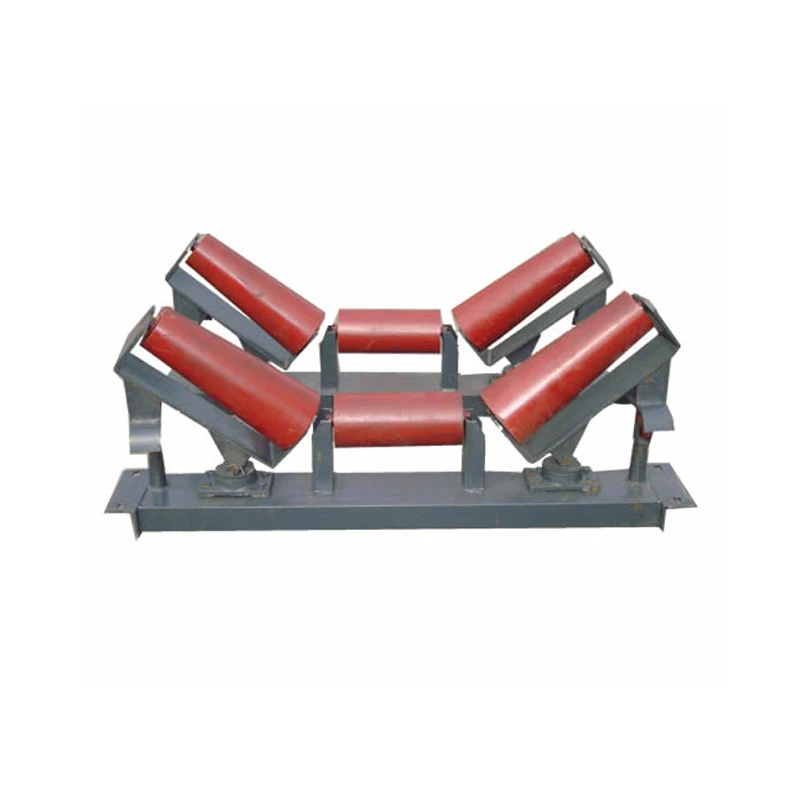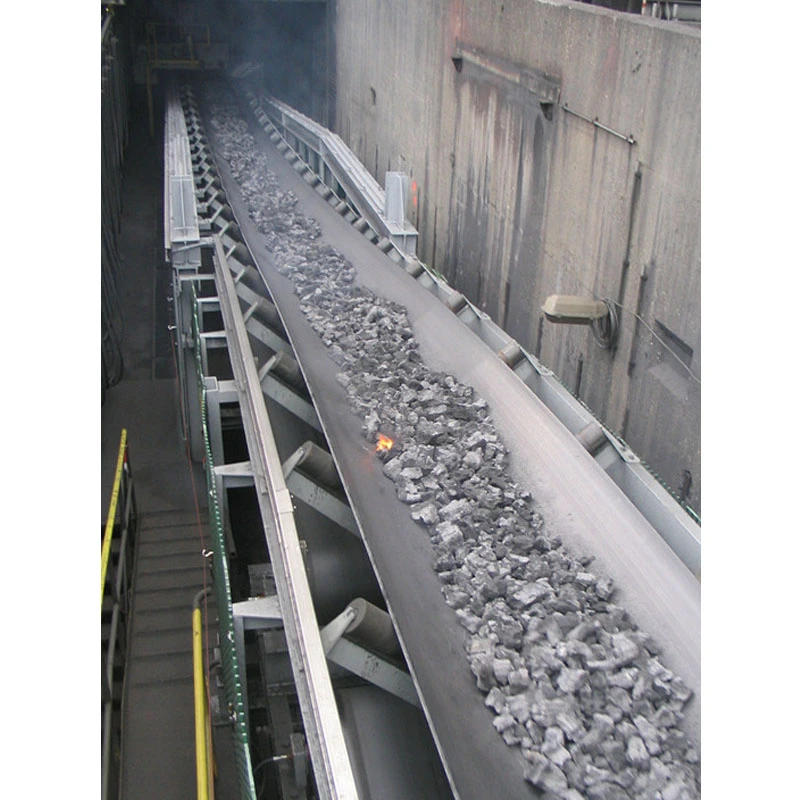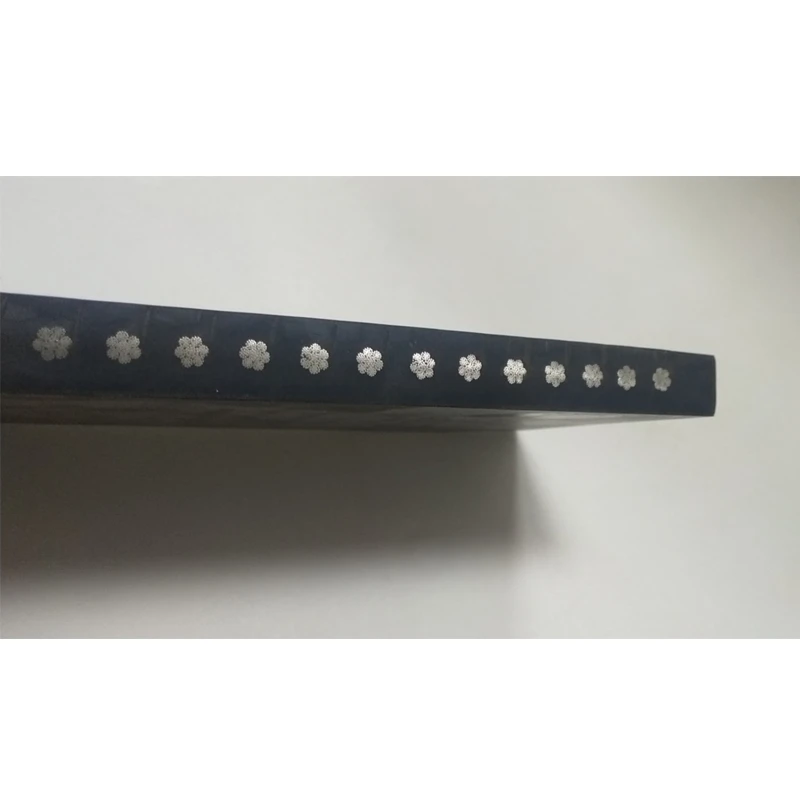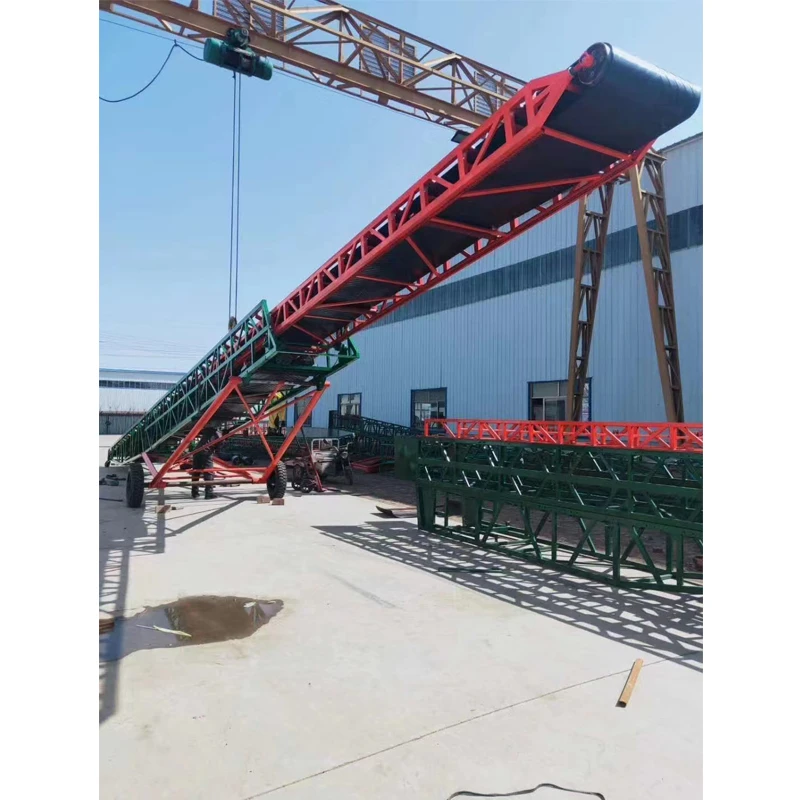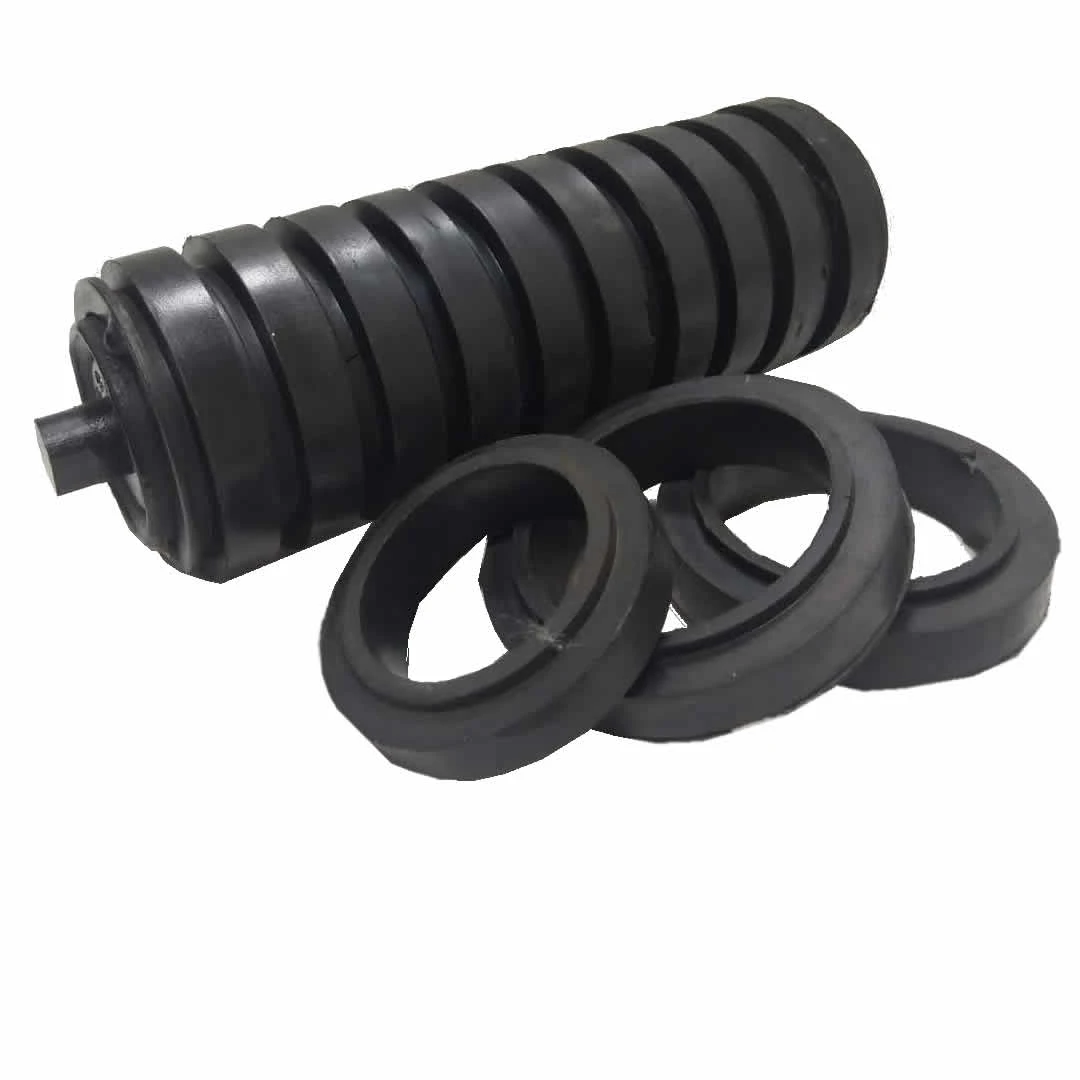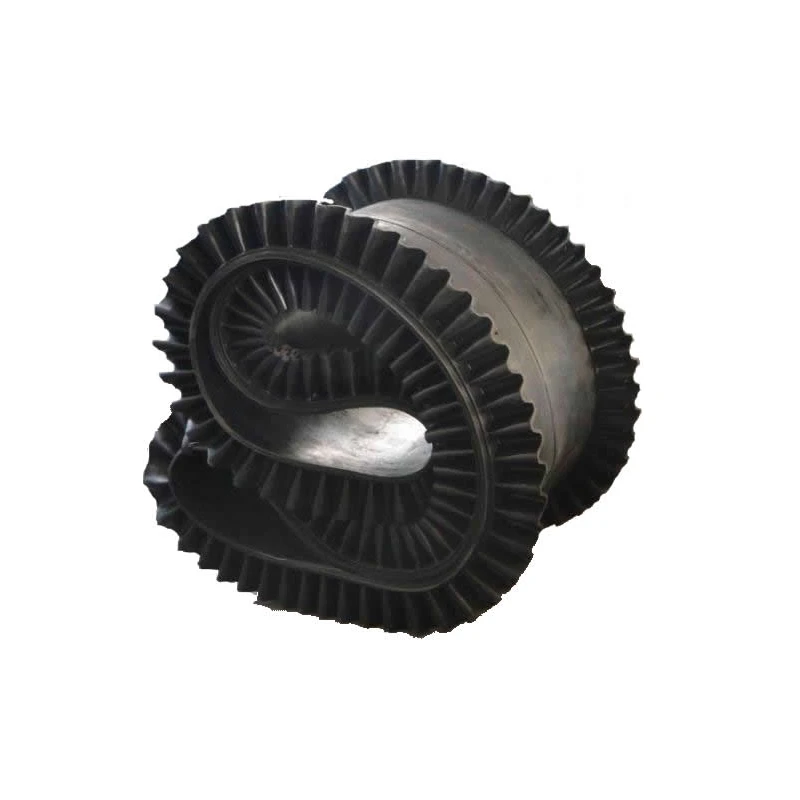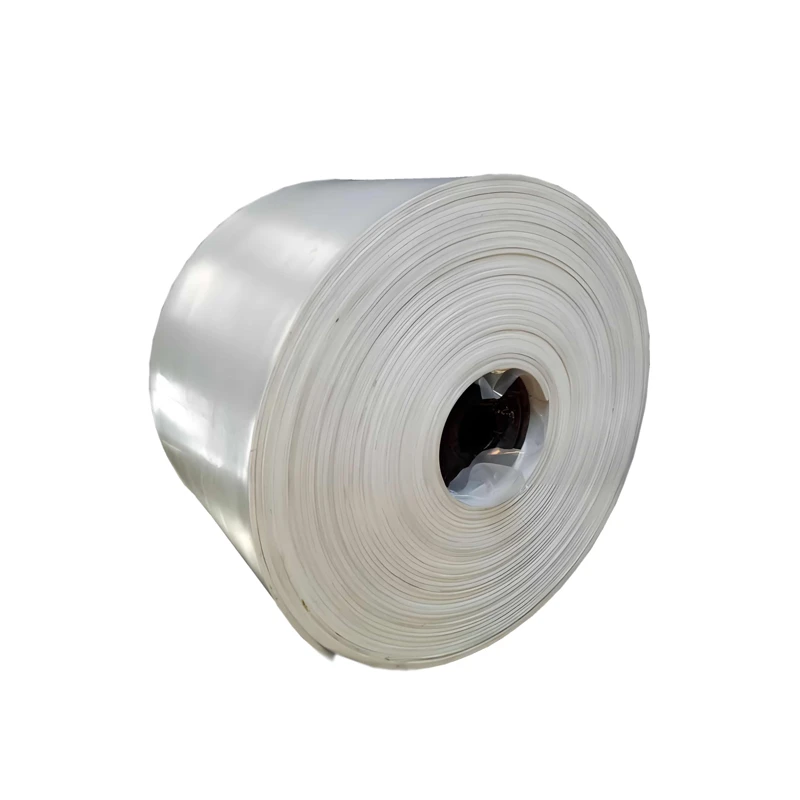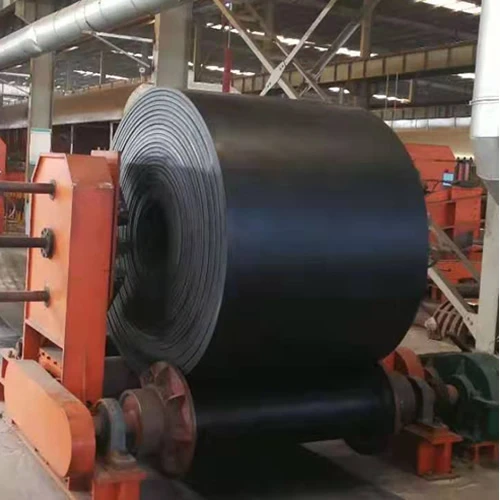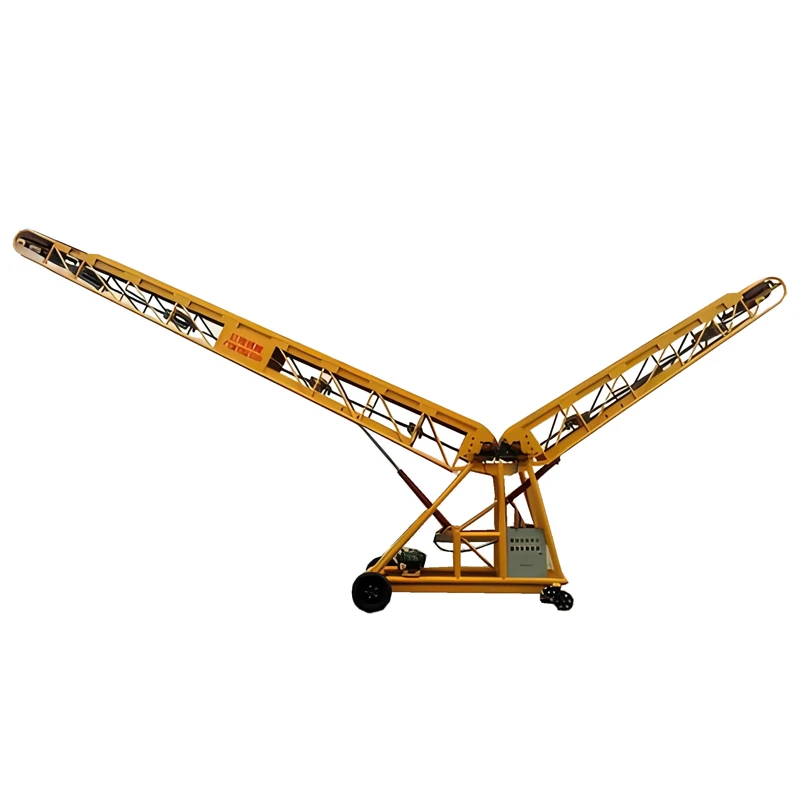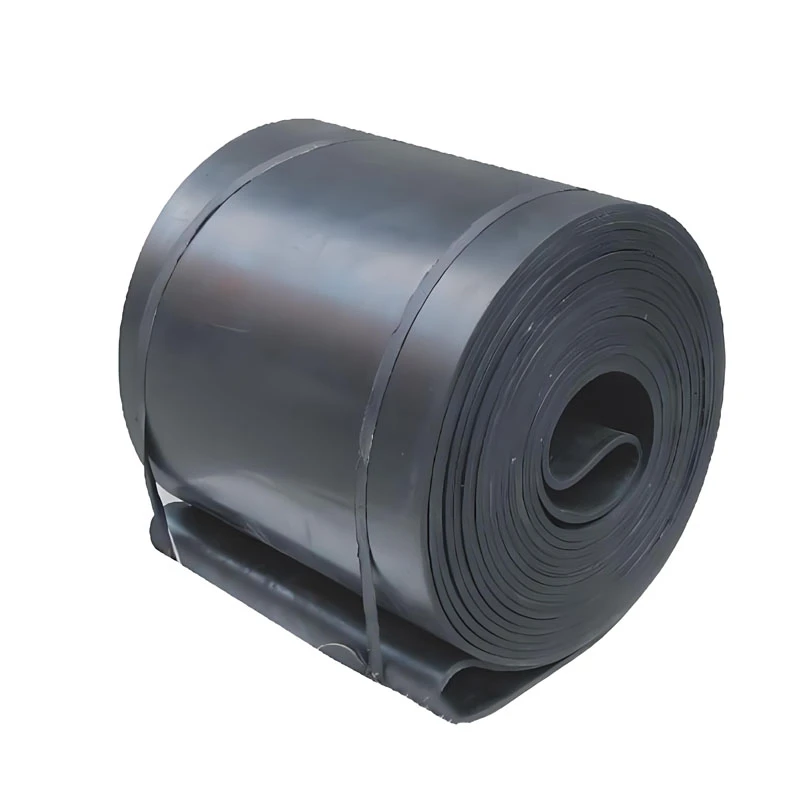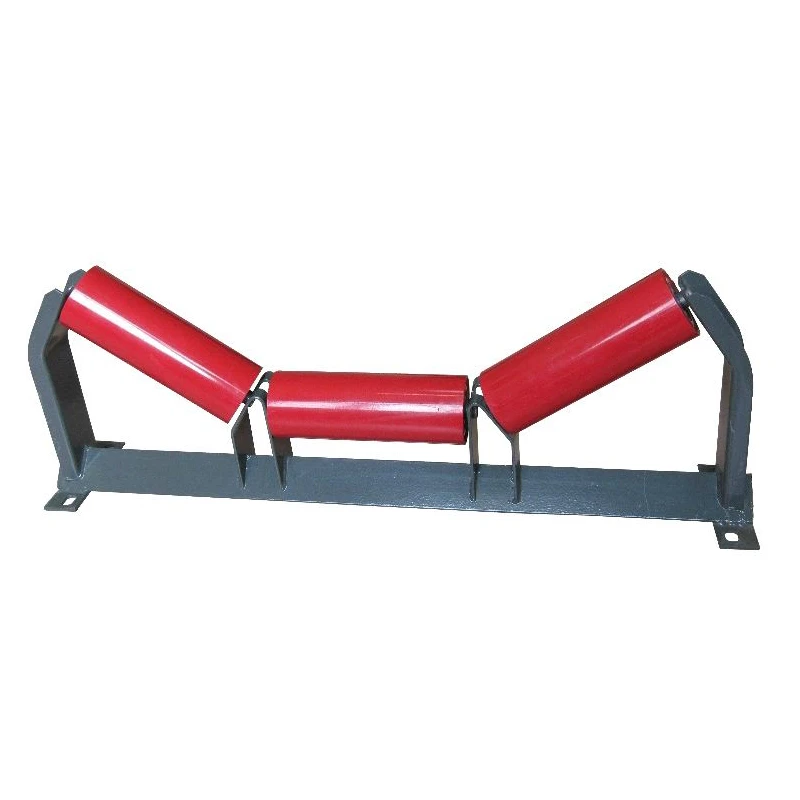Modern production, recycling, and mining operations depend heavily on conveyor magnets to ensure precision, safety, and productivity. These powerful magnetic systems are designed to separate ferrous contaminants or unwanted metal pieces from flowing materials on conveyor belts. Whether processing scrap metal, protecting crushers, or purifying food-grade goods, conveyor magnets provide a critical line of defense and product refinement.
Conveyor magnets are typically suspended above or installed within a conveyor system. Their magnetic field pulls ferrous metals out of the material flow, automatically removing nails, bolts, shavings, or larger metal debris. This not only protects downstream equipment but also guarantees cleaner, safer end products.
Industries such as mining, construction, plastics, wood processing, and waste management rely on conveyor magnets to ensure efficient and contamination-free processes. Customizable in width, strength, and type—permanent or electromagnet—these devices are tailored to meet operational needs, belt width, and conveyor speed.
One of the key advantages of conveyor magnets is the continuous, non-intrusive separation they provide without halting operations. Automated cleaning systems, like self-cleaning belts or pneumatic wipers, increase uptime and lower labor costs, making conveyor magnets a cornerstone of modern automated processing systems.
Enhancing Purity and Protection with Magnetic Separator Conveyor Technology
The magnetic separator conveyor is a refined form of material separation technology that provides real-time purification during product transport. As materials move along the conveyor, strategically placed magnetic systems extract ferrous particles and deliver cleaner outputs in food processing, electronics recycling, coal handling, and other demanding sectors.
At the heart of every magnetic separator conveyor lies an engineered magnetic circuit. This may include rare earth magnets for high intensity, ceramic magnets for wide-field coverage, or custom electromagnets that can be controlled for precision applications. These magnetic fields capture particles without slowing or disrupting production, keeping throughput high and maintenance minimal.
Advanced magnetic separator conveyor systems are designed with modular components, allowing them to integrate seamlessly into existing lines. Features like adjustable suspension height, belt speed calibration, and customizable extraction mechanisms make these systems adaptable to nearly any bulk handling process.
By eliminating metallic contamination, a magnetic separator conveyor not only ensures compliance with industry standards but also protects expensive machinery like crushers, grinders, and shredders. Less downtime from metal-induced breakdowns translates into consistent productivity and reduced operational costs.
From single-stage to multi-stage separation, the magnetic separator conveyor offers scalable solutions tailored to industry-specific requirements. In plastics recycling, for example, these systems ensure high purity for resale or reuse. In food-grade environments, they preserve consumer safety by extracting potentially hazardous foreign objects before packaging.
The Growing Role of Conveyor Magnets in Sustainable Industrial Practices
In today’s sustainability-driven manufacturing landscape, conveyor magnets are playing a vital role in waste reduction, materials reuse, and eco-efficient production. As companies across the globe push toward circular economy models, conveyor magnets enable precise metal recovery from waste streams and production byproducts.
Recycling facilities, in particular, rely on conveyor magnets to recover valuable metals from municipal waste, construction debris, and scrap. The recovered metals can then be reprocessed and returned to the manufacturing cycle, reducing reliance on virgin resources and cutting carbon emissions.
Environmental safety is also enhanced by conveyor magnets, as they help prevent metallic contaminants from entering water systems or being improperly disposed of. This is especially critical in e-waste processing, where fine metal particles must be thoroughly extracted to meet environmental regulations.
Even in aggregate production or mining, where metal fragments pose no hazard to end-users, conveyor magnets serve to protect crushing and screening equipment from damage. By intercepting metal contaminants early, these devices extend equipment life and reduce the need for energy-intensive repairs or replacements.
Overall, integrating conveyor magnets supports sustainable, responsible, and cost-effective manufacturing and processing practices that align with global environmental and safety goals.
What Affects Magnetic Conveyor Belt Price and How to Get the Best Value
The magnetic conveyor belt price is influenced by several key factors, including the type and strength of the magnets used, the size of the system, the material composition of the belt, and the level of automation or customization required. Understanding these factors helps businesses make informed investment decisions when upgrading or installing a new magnetic conveyor line.
One major component in the magnetic conveyor belt price is the type of magnet used. Rare earth magnets are stronger and more expensive, suited for applications that demand high-intensity separation. Ceramic magnets, while more affordable, are ideal for broader, low-precision separation tasks. Electromagnetic options allow for dynamic control but typically come with higher initial and operational costs.
The physical dimensions of the conveyor—length, width, and depth—also impact magnetic conveyor belt price. Larger systems require more materials, more powerful magnets, and increased structural support. In contrast, compact systems designed for small-scale or specialty operations can often be installed at a lower cost.
Other cost considerations include belt type (rubber, plastic modular, stainless steel mesh), motor power, frame materials, and whether a self-cleaning feature is included. Automated belt cleaning mechanisms tend to increase the magnetic conveyor belt price but offer better return on investment due to reduced downtime and labor expenses.
Custom fabrication, corrosion-resistant coatings, and hygienic design features for food or pharmaceutical applications also contribute to price variability. Buyers should consider total cost of ownership, not just the initial expense, when evaluating the magnetic conveyor belt price for long-term efficiency and reliability.
Why Investing in Magnetic Separator Conveyor Technology is the Smart Choice for Modern Industry
The decision to invest in a magnetic separator conveyor is a strategic move for businesses seeking to enhance quality control, protect machinery, and meet environmental standards. As industries become more competitive and regulations more stringent, this technology ensures efficient, cost-effective separation with minimal manual labor.
A magnetic separator conveyor provides a high degree of consistency and performance that manual sorting or gravity separation methods cannot achieve. It offers continuous processing with real-time extraction, improving overall product quality and minimizing contamination risks.
Industries such as pharmaceuticals, ceramics, mining, food, and glass benefit from improved throughput and fewer returns or recalls thanks to the robust separation provided by these systems. As automation and smart manufacturing continue to grow, magnetic separator conveyor systems can be integrated with sensors and control systems to enhance responsiveness and operational insight.
Choosing the right supplier is crucial. Look for companies with proven track records, advanced engineering teams, and the ability to customize systems based on your exact application. From suspended magnets to cross-belt and inline models, there is a wide variety of magnetic separator conveyor technologies to fit every budget and requirement.
Long-term ROI, minimal maintenance, and compatibility with lean production systems make magnetic separator conveyor solutions one of the smartest investments in today’s fast-paced industrial environments.
magnetic separator conveyor FAQs
What are conveyor magnets used for?
Conveyor magnets are used to remove ferrous metals from materials moving on a conveyor belt. This ensures purity, protects machinery from damage, and reduces contamination in industries like food processing, mining, waste management, and recycling. They help maintain safety and improve product quality by preventing metallic debris from reaching downstream systems.
How does a magnetic separator conveyor work?
A magnetic separator conveyor integrates magnetic elements—either permanent magnets or electromagnets—into a conveyor system. As materials travel along the belt, these magnets attract and remove ferrous metals from the material stream. The separated metals are then dropped into a collection bin, while the clean material continues on its path. These systems can be suspended above or installed within the conveyor line for automated, continuous operation.
What factors determine the magnetic conveyor belt price?
Several elements affect the magnetic conveyor belt price, including the type of magnet used (ceramic, rare earth, electromagnetic), the size and length of the conveyor, material type, automation features like self-cleaning, and industry-specific requirements such as hygienic or corrosion-resistant construction. Custom design and engineering also play a role in the final pricing structure.
Are conveyor magnets suitable for food processing applications?
Yes, conveyor magnets are widely used in food processing to eliminate metal contamination and meet food safety standards. These magnets are often made from stainless steel and designed for easy cleaning. They can be integrated with food-grade conveyors and comply with certifications such as HACCP, NSF, or FDA depending on regional requirements. Their use helps prevent recalls and protects consumer health.
Can a magnetic separator conveyor handle non-ferrous materials?
A magnetic separator conveyor specifically targets ferrous metals, such as iron and steel. It does not remove non-ferrous metals like aluminum, copper, or brass. For those materials, industries often use eddy current separators in conjunction with magnetic systems. However, by removing ferrous contaminants, magnetic separator conveyors significantly reduce the workload and increase the effectiveness of downstream non-ferrous separation equipment.

